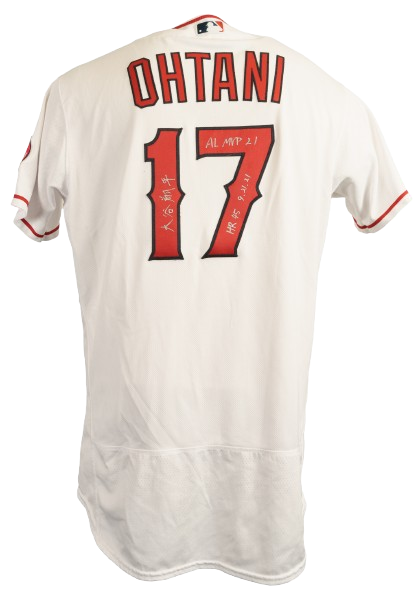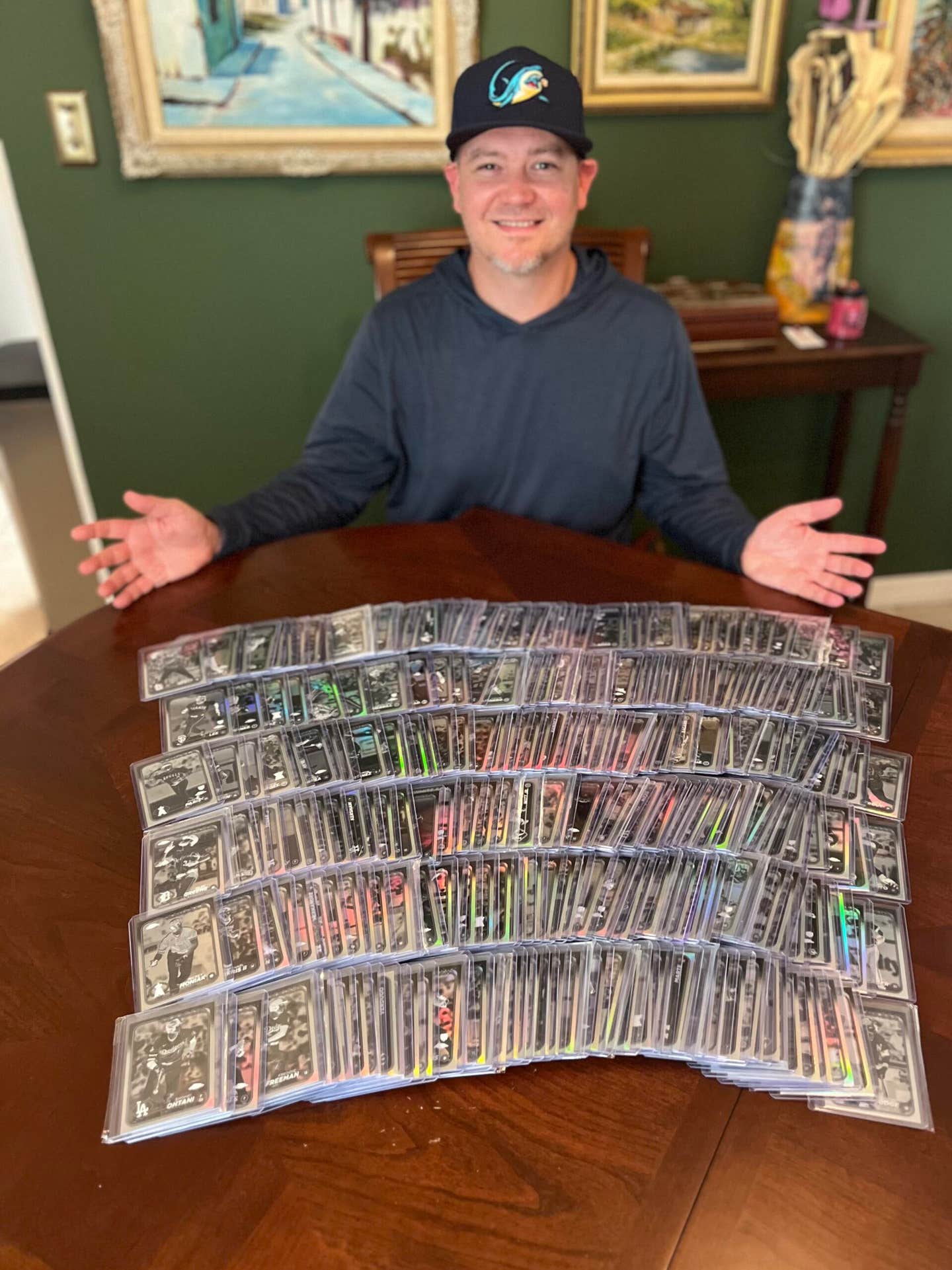Collecting 101
Collins signature easy to obtain, hard to duplicat
Being a huge fan of the dead ball era, I often find myself spending endless hours with my nose buried deep in the Baseball Encyclopedia. I just love to compare statistics of those players of yesteryear. From Napoleon Lajoie to Willie Keeler to Paddy Livingston, stars to journeymen, and even utility players, if they played in the Cobb era, I want to know about them.
I have always been fascinated by the men of that bygone era and how they fell just short of Ty Cobb. If Joe Jackson or Tris Speaker hit .380, Cobb would hit .390. One of my favorite players of that era was Eddie Collins. A member of Connie Mack’s championship Athletics, Collins secured more than 3,300 base hits and carried an amazing .333 lifetime batting average. But like Jackson and Speaker, he was always just a little behind the Georgia Peach.
Nevertheless, Collins was one of the greatest of all time and today his name is treasured by signature collectors. Collins is one of the more available names of the long-deceased hall of famers, primarily because of all the Red Sox-related documents that are floating around, but more about that later.
Collins, aka Edward Sullivan, signed in a large and flowing hand. His signature is bold, with sweeping loops that create one of the most beautiful signatures of all the Hall of Famers. The display value of Collins is very high. Examples 1 through 3 are fine illustrations of his signature, note the striking ink strokes. Example 3 was signed in 1925 during his playing days. Collins tends to be one of the tougher signatures to forge and most are amateurish in execution. Example 4 is a poorly executed Collins forgery. There are some nice Collins forgeries in the market but they are few and far between. Collins forgeries can be found on many different items, especially on exhibit cards and fake Philadelphia team-signed sheets and team balls.
Collins was a willing signer throughout his life and today can be found on most nonpremium items such as scorecards, index card, and album pages. Signed photos, government postcards, and checks are scarce. Single-signed baseballs and black-and-white Hall of Fame plaque postcards are very rare.
For many years, Collins was an executive for the Boston Red Sox and, fortunately for collectors, signed Red Sox-related documents exist in quantities and are a wonderful source of genuine Collins signatures. Another by-product is the depressed value of his signature.
If these documents were not in the market Collins would be a vastly more expensive signature. The most common of these are player releases and assignment documents. Typed letters are also available, and a good number of them have excellent baseball content. Also floating about (but much less common) are internal memos and signed minutes of club meetings. All put together, these documents are a nice link to Boston Red Sox history.
While typed letters are somewhat common these days, handwritten letters remain very tough to find. Genuine handwritten letters turn up only rarely and are typically written on blank 5-by-7 stationery. Collins had a bad habit of writing on both sides of the sheet, making these letters hard to display. One final note: Collins would send out his signature on personalized notepad paper. They are small, but neat little collectibles that can generally be picked up for about $300.
Though there is a good supply of typed letters and documents, other items are very tough to locate. Collins government postcards, for example, are very hard to find. In all my years of collecting, I have only seen about a dozen, which is very few considering I have seen hundreds of government postcards of his contemporaries such as Speaker, Cobb and Honus Wagner.
Signed 8-by-10 photographs are rare and command a premium. I have only seen maybe two or three genuine signed 8-by-10s in my lifetime. When it comes to smaller photos, such as book pictures, Collins is a bit more available but they should still be considered scarce.
Now on to signed baseballs. Collins can be found on signed Philadelphia team balls from the late 1920s and early 1930s. These balls are a good way to obtain a genuine Collins. It is about the only time you will find him on a baseball. Single-signed baseballs are another matter; those are beyond rare. There are many in the market, but unfortunately most are forgeries. I have only seen one genuine Collins single in more than two decades of collecting.
Be very cautious around Collins singles or you will get burned. On March 25, 1951, Collins died at the age of 63. Collins never made it to old age and his hand remained strong his entire life. A genuine Collins signature will exhibit no signs of shakiness. If you run across a signature with a slow or labored appearance my advice is to avoid it.
In addition to being one of the immortals of the game, Collins is also associated with the darkest chapter in baseball history: the Black Sox scandal. Though Collins had nothing to do with the fix, his association with the 1919 World Series generates strong demand for his name.
In addition, Collins was part of the most famous infield of all time, “The $100,000 Infield,” which consisted of Frank Baker, Stuffy McInnis and Jack Barry. If you can find this foursome signed on one item you have a true baseball treasure, I have never seen one, but I have seen A’s reunion programs signed by two or three of them, so a signed piece of “The $100,000 Infield” could be lying around in some attic waiting to be found.
Here is a price guide for Eddie Collins. A signature will sell for $250-$300. Government postcards are very tough and should sell for $500-$600. A typed letter signed on Red Sox stationery has extreme eye appeal and will start at $600. A nice full-page, handwritten letter will start at around $1,500, with content letters worth much more. A signed 8-by-10 photograph is a rarity and a nice one should start at $2,500. A handful of Collins checks are in the market; they are rare, albeit borderline. They have nice eye appeal and typically sell for $1,250 to $1,500 if you’re lucky enough to find one. A nice single-signed baseball, I am guessing, will start at $10,000. Signed black-and-white plaque postcards are also very rare and should sell for anywhere between $5,000-$6,000. This is just an estimate as I have never seen a genuine one. Also, I have never seen a signed T-card or equipment of any kind.
In 1939, Eddie Collins Jr. made his major league debut and although he never matched his father’s greatness, he is still a collectible name. His signature, which is sometime confused with his hall of fame father, is illustrated in Example 5. You can pick up his signature for a fraction of the price.
Eddie Collins is an affordable signature that should enhance any collection. His autograph is more art than writing and as an immortal of the game, his signature will always been a treasured piece of baseball history.








